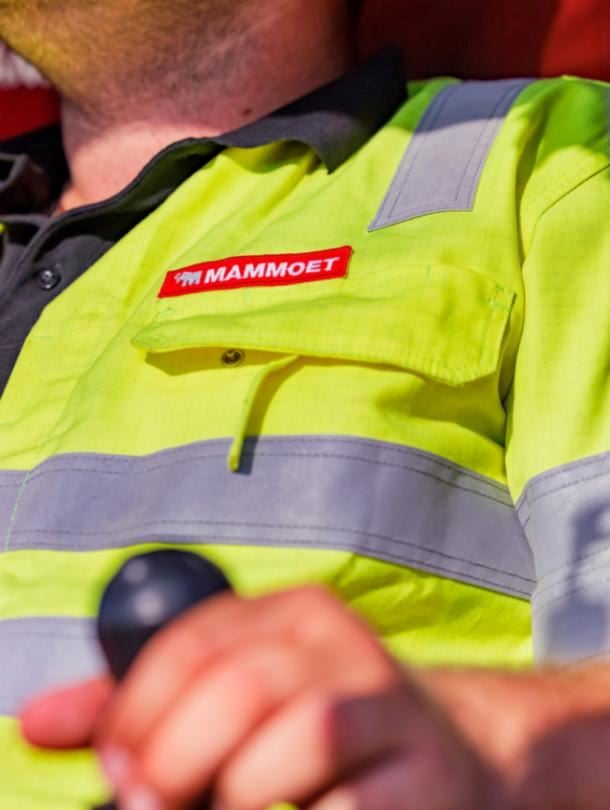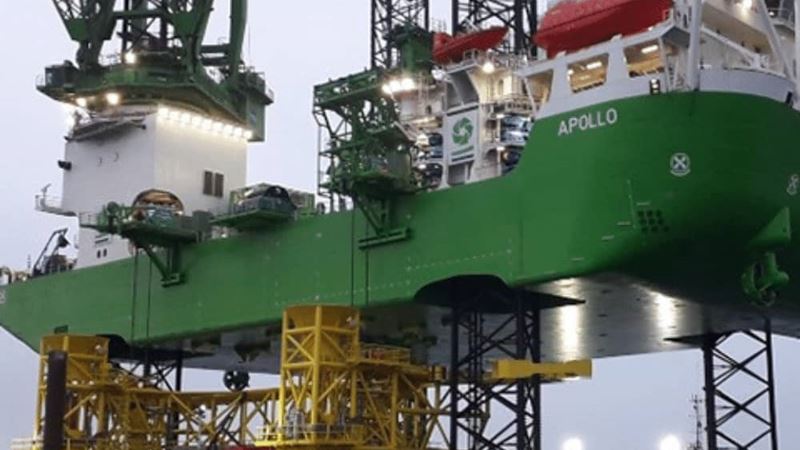
Sector:
Offshore Wind
Expertise:
Heavy lifting
Benefits:
Reduced preparation
Record breaker
Location:
Spain
Mammoet, following the guidelines from the company ESTEYCO S.A., created a bespoke solution, using innovative techniques for a safer installation of the world’s first self-installing telescopic offshore wind turbine.
Mammoet completed work on the H2020 ELICAN project led by ESTEYCO, where Mammoet is part of the Consortium also made up of Siemens-Gamesa, DEWI and PLOCAN, who have built the first self-installing telescopic offshore wind tower for a 5MW turbine.
Esteyco, as project coordinator, chose Mammoet because of its reputation in the industry for successfully completing projects involving heavy pieces and a combination of different techniques.
This was the first offshore wind tower of its kind; it does not need large, costly offshore equipment for its installation, thus reducing the overall installation cost.
All of the wind turbine’s components were assembled onshore at the port, then the turbine was towed to its offshore position by tugs – making it a more efficient and economic methodology. This was a complex project that involved a lot of coordination with other parties, so the planning began almost two years before the first test lifts were carried out.
To reduce risk and increase safety on the project, Mammoet’s R&D department and ESTEYCO developed a unique horizontal guidance system with Wi-Fi to enable the maneuvers to be performed with wireless equipment and controlled from a boat located away from the tower.
Mammoet performed, during March – April 2018, test lifts of the T2 section, weighing 240t, then the T1 section, weighing 360t, both measuring 33m high. After, Mammoet’s new horizontal guidance system was used to perform the lifting of the T2 section with nacelle, weighing 540t.
The final offshore installation took place two months later. This phase involved the lowering of the Gravity Base Structure (GBS) and transportation, installation, and maintenance (TIM) platform from Arinaga to the Plataforma Oceánica de Canarias (PLOCAN).
Mammoet performed the final lifting of the T1 and T2 sections with nacelle weighing 960t in July 2018. This lifting maneuver avoids the need for costly crane vessels using strand jacks. Mammoet developed a new type of galvanized strands for the project, which have greater resistance to the corrosion that can be encountered on offshore projects.
Mammoet’s Spanish branch also developed a new recoiler design to work within the limited space. This rolls over the unit and eliminates the need for the strand guide. Once completed, the wind turbine was the first of its kind.




